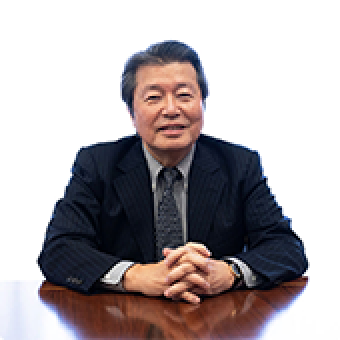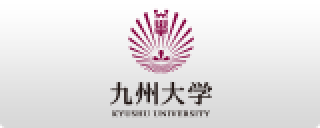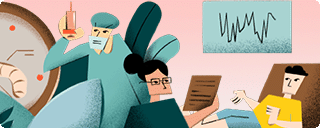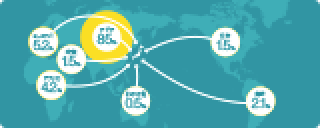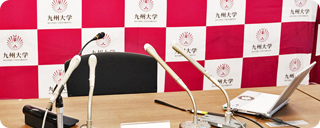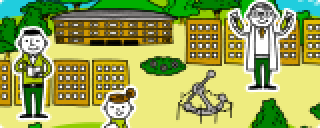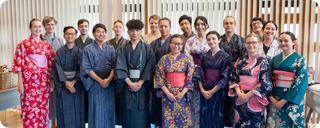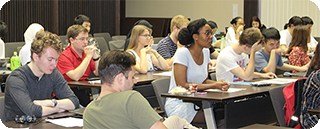Support systems that relieve the strain of medical care and parenting
Discover the Research: Article 7 — Shoko Miyauchi, Faculty of Information Science and Electrical Engineering
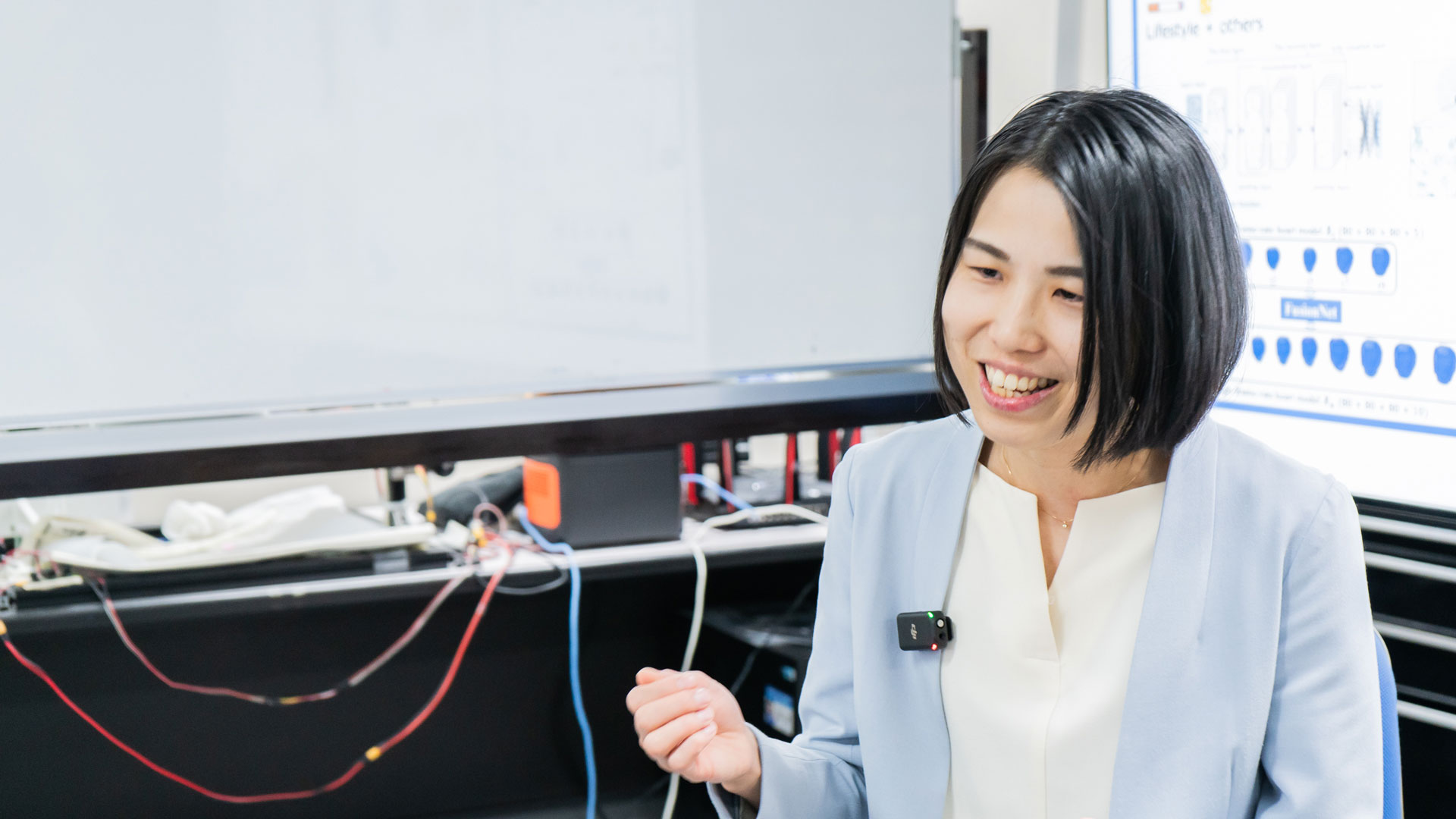
For many researchers, inspiration doesn’t just come from curiosity—it’s born out of personal struggle and lived experience. Professor Shoko Miyauchi of the Faculty of Information Science and Electrical Engineering is one such researcher. Motivated by the frustrations and anxieties she encountered during her own parenting experience, she has developed systems to support families with childcare needs. We sat down with Miyauchi to hear about her current research and future goals.
Personalized support for everyone
First, could you tell us about your research?
My field of expertise is designing support systems. I use AI, image processing, and 3D modeling to develop healthcare and parenting support systems that run on computers and smartphones. I’ve always been interested in three-dimensional geometric models. For example, if you look at ten people’s brains, each has a unique shape, just like faces. I’ve been developing ways to describe these individual differences numerically.
Since support systems run on computers, they need to be represented numerically in order to be designed. In surgical simulations, using a generic model instead of one tailored to the patient can lead to serious errors. What I aim to do is design more accurate and safer systems by incorporating real-world 3D data.
What kinds of support systems are you designing?
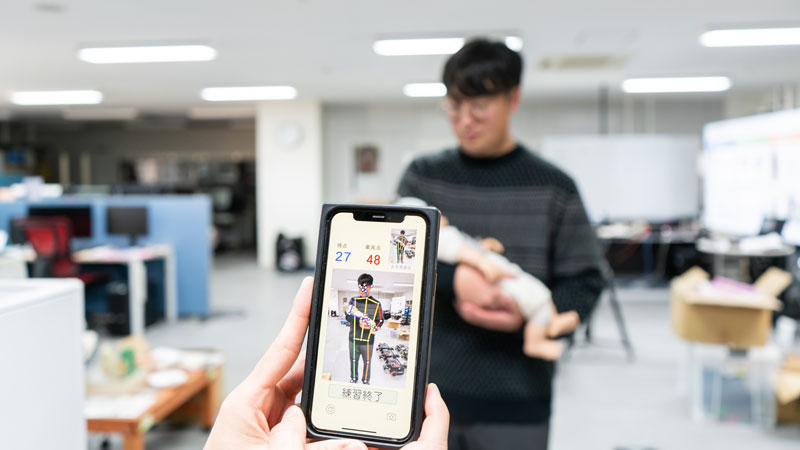
I mainly design medical support systems that run on computers. For example, I am involved in creating a system that can use AI to process patient data such as MRI scans and blood pressure and help classify diseases or guide surgical procedures in real time. The goal is for AI to support robotic surgeries—such as with the Da Vinci system—by predicting the locations of blood vessels and guiding surgeons around them.
I also design parenting support systems, mainly for use on smartphones. For example, a newborn’s neck is still fragile, so holding them can be stressful for many first-time parents. I believe that stress affects not just the parents but the baby as well. So, I’m designing a smartphone-based system that analyzes posture through video and offers real-time feedback to help both the parent and the baby feel more comfortable and secure. It might give you a score for your current posture and suggest ways to improve it.
From parenting challenges to childcare champion
What inspired you to start designing support systems?
I’ve always been fascinated by the link between engineering and biology, like how someone controls a robotic prosthetic after losing a hand. That led me to bioengineering, where I became interested in using technology to support healthcare. As a student, I joined a lab focused on developing medical support systems. After becoming a parent myself, I started to feel that parenting could benefit from more support—and that available technology might be able to ease the challenges. That realization led me to expand my work into childcare support.
Parenting for the first time can be overwhelming and full of anxiety.

It's tough for everyone, but most manage through trial and error. Support systems may not be essential, but they can still be incredibly helpful. They could make a real difference in people's lives if these systems were available. And if there’s a chance that technology can lighten the load, I want to use it to make parenting a little easier. That’s what motivates me. There’s no one correct way to raise a child. But even a small gesture of reassurance can ease a parent’s anxiety and help them feel more confident in their approach.
In addition to teaching parents how to hold their children, I’m also interested in improving breastfeeding posture. Since each baby and mother has a different body and posture, I want to offer guidance toward positions that feel more natural, safe, and physically supportive for both.
Innovation emerges from interdisciplinary collaboration
Could you tell us more about your research and what sets it apart?
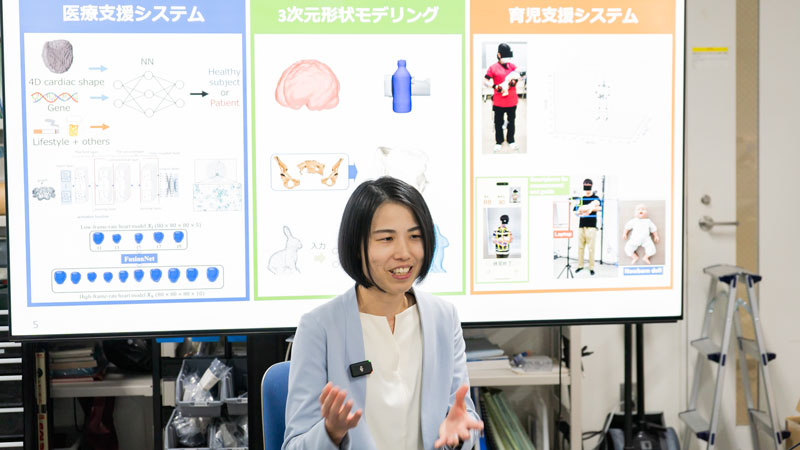
Even within Kyushu University, there are researchers focused on support systems, as well as others studying fields like medicine and welfare. Yet it’s rare to see engineering researchers combine support systems with fields like medicine or parenting. What makes my work distinct is applying personal parenting experience to research in childcare and welfare—while remaining rooted in engineering.
Your research seems to rely on knowledge from multiple specialized fields.
That’s absolutely true—my expertise is strictly in engineering. I handle the technical side and work closely with doctors and midwives who provide specialized medical knowledge.
Research starts with understanding the field
Can you share any memorable stories from your research to date?
Thanks to collaborative research with specialists, I occasionally get rare access to real-life medical and caregiving environments. For example, being able to observe how medical teams coordinate during an actual robotic surgery is a rare and eye-opening experience. In my parenting support research, I’ve also collaborated with a specialist who developed feeding methods for infants born with cleft lip and palate. Seeing those methods firsthand and learning what inspired their development has been an invaluable part of my research journey.
Would you say it’s important to hear directly from those in the field?
It’s incredibly important. There’s often a gap between the innovations we pursue in engineering and the actual needs of people working in the field. Sometimes, we assume a certain level of technology is sufficient—yet we’re often asked to develop solutions that are far more complex. Those moments push us to learn and take on new challenges.
My desire to be an approachable teacher for everyone
What do you keep in mind when teaching students?
I focus on creating an environment where students feel comfortable asking questions at any time. When students ask questions, it shows they’re engaged, so I try to make it easy for them to speak up without stress or anxiety. In my seminar, we meet weekly to share the latest developments in our research. I ask about their challenges and the progress they’ve made, and we have detailed group discussions. Outside class, I use tools like Slack so students can easily reach out to me. I always make an effort to respond with care.
A world where support systems are part of everyday life
What are your hopes for the future of your work?
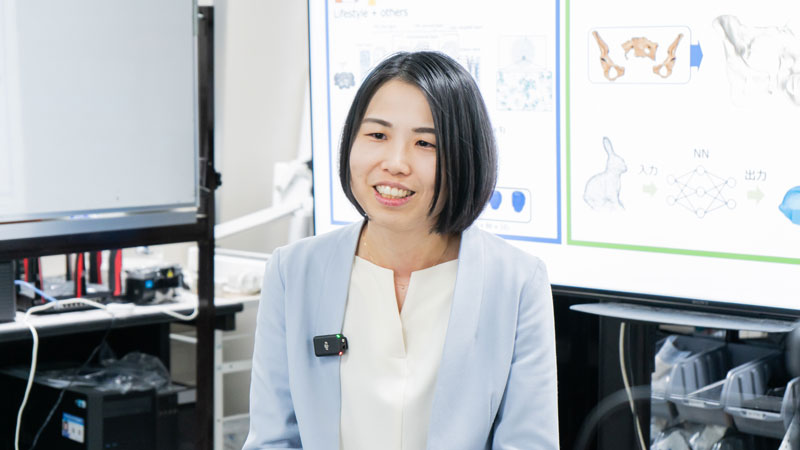
At the moment, much of my work is still confined to the lab, so I’m eager to bring these support systems out into the real world. In the short term—within about five years—I hope to make the parenting support system publicly available. To ensure it’s accessible to as many people as possible, I’m designing it as a smartphone app since nearly everyone has one these days. Ideally, it could become a trusted digital parenting guide—something a doctor might recommend when parents are discharged from the hospital—like a reassuring companion for the parenting journey ahead.
I may be dreaming, but I hope to eventually bring these support systems into medicine, a field known for its strict regulations.
Lastly, do you have any advice for junior or senior high school students who are unsure about their future path?
If you already have a goal, that’s great—keep working toward it. If not, that’s perfectly fine, too. My interests have shifted over time, and with each turn, I’ve focused on diving deeper into whatever sparked my curiosity. It’s okay to start with something casual. As you explore, you might discover what truly excites you—and find yourself wanting to pursue it fully. If each person does what they can right now, I believe that alone can help create a better world.
Visit KYUSHU UNIVERSITY Researchersfor more information about her research.


